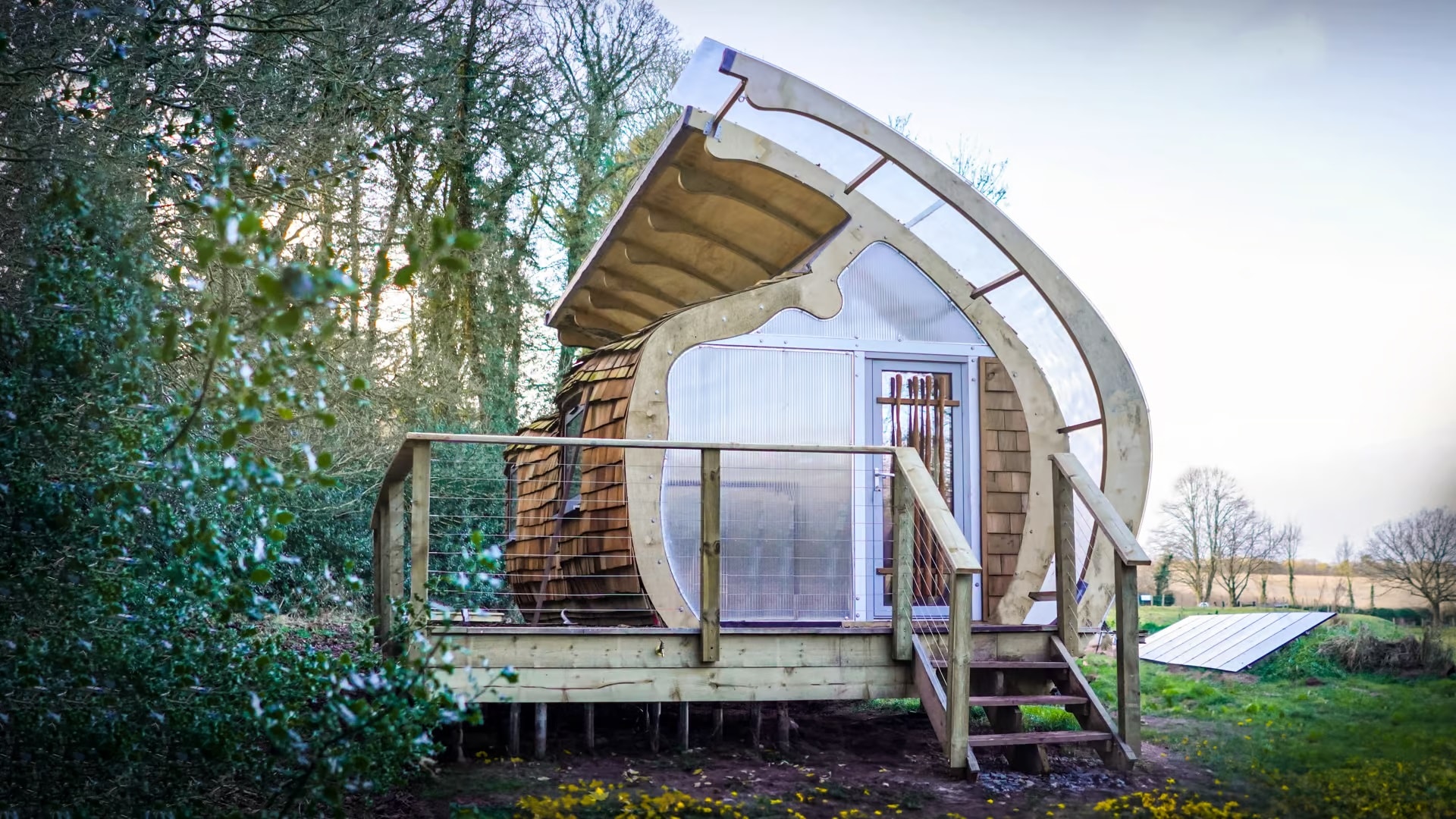In Aurora, Illinois, a startling demonstration of the acute demand for affordable senior housing unfolded recently. The city’s 1449 Senior Estates, a promising new development offering 70 ADA-accessible units with amenities like attached garages and pet-friendly policies, saw an overwhelming response. Intended to accept applications over a 30-day period, the city had to prematurely close submissions after just three days due to the receipt of a staggering number of applications—far exceeding the initial target of 300.

.
This scenario in Aurora is a microcosm of a national crisis. As America’s baby boomer generation ages, the demand for affordable, accessible housing is skyrocketing. According to a report from the Harvard Joint Center for Housing Studies, over half of senior households are financially burdened by housing costs, a number that has been steadily rising.
Given the urgency of this issue, innovative solutions are desperately needed, and modular, manufactured, and offsite housing presents a compelling answer. This method of construction can significantly reduce costs and speed up build times without sacrificing quality. Moreover, these homes can be designed from the outset with seniors in mind, incorporating features like wheelchair access and low-maintenance designs that are ideal for aging residents.
The process of modular construction involves prefabricating components in a factory setting, where weather delays are nonexistent and material waste is minimized. This controlled environment not only improves efficiency but also allows for better cost control. Once the components are complete, they can be shipped to the site for quick assembly, reducing overall construction time by as much as 50% compared to traditional methods.
This accelerated timeline is not just about efficiency; it’s about necessity. As seen in Aurora, the need for housing is immediate. Modular homes can be deployed rapidly to meet this pressing demand. Furthermore, the scalability of this method means that expansions to existing communities can be managed with minimal disruption to residents, a significant advantage as the population continues to age.
There are, of course, challenges to be addressed. Zoning laws and building regulations can be restrictive, often designed without consideration for modular construction methods. Additionally, there remains a stigma associated with “prefabricated” homes, though modern manufactured homes are often indistinguishable from their site-built counterparts and can even exceed their quality.
Nonetheless, cities and states can facilitate the adoption of these innovative solutions by updating regulations and offering incentives for developers to pursue offsite construction projects. Public-private partnerships could be particularly effective, combining governmental support with the efficiency and innovation of private industry.
As the example of Aurora clearly shows, when given an option that meets their needs and budgets, seniors are eager to take advantage. It’s time for more cities to follow Aurora’s lead, thinking outside the traditional construction box. Offsite housing is not just a temporary fix; it’s a sustainable, long-term solution to a problem that will only grow as our population ages. Let’s build a future where senior housing is abundant, affordable, and accessible to all who need it.
.
Gary Fleisher is a renowned blogger, consultant, and commentator on construction and housing trends, known for his insightful analysis of the industry.



